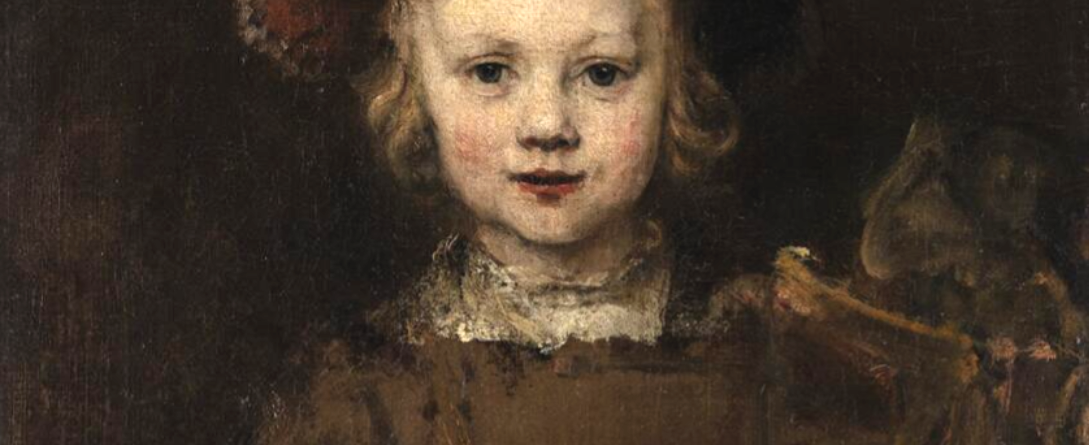Paint Quality Tips
Jackie
Hello Sherrie, How are you? Today, I thought we would talk about paint quality in painting. We talk a lot about it in our library of films and in completing paintings. How would you describe paint quality?
Sherrie
It is certainly something that you and David and Stacy so beautifully. It doesn’t necessarily mean just thick paint, but you could have really thick paint all over the canvas and it might not really be beautiful – a beautiful surface. So in part, I think it is a mix of thinner paint, sometimes even just a stain on the canvas or as we often do, scraping the paint down, you get a certain type of quality. Sometimes you might scratch the surface with the end of a brush that has been whittled down to a point.
There are all kinds of things you can do to create a beautiful surface, which is what you are trying to do with your painting. It is a balance between the thicker paint and the thinner paint. And it’s something that can happen over many many times of painting many times on the paintings And really building up the paint. It could also be something that happens 1, 2, 3.
Paint Quality Rembrandt Painting Example
I am thinking about the painting of Rembrandt’s and Norton Simon – the one he did of his son Titus and I think that is a beautiful example because it has a mix of not only the thick beautiful paint that is just very playfully laid on the surface. And then in the face, there are a lot of very subtle things that he has done that took more time. Very subtle stuff which created a beautiful paint quality. And there are some that mixed with very loose stuff that is much less finished. And to me, that is one of my favorite paintings.
In that same museum, they have a Rembrandt self-portrait and it is much much more finished. It’s thinner, the paint isn’t as thick and yet, it has beautiful paint quality. i think you have to get any kind of preconceived notion about what it is out of your head. it has to do with first making brushstrokes. That was one thing in your development that came very natural. You would just lay paint so beautifully on the surface. There is a tremendous amount of energy and power in making a brushstroke. In a sense, it will reflect what you were trying for in that moment.
Jackie
Does it have anything to do with the light you are more apt to use thicker paint and in the shadow, it is a thinner layer of paint? Is that something you keep in mind when you are working?
Sherrie
yes, for sure. That is something that is one of the identifying qualities in painting (light and shadow painting). Artists who are drawn to that way of painting, strong light, strong shadow, it is the contrast between the thick of painting and cool light compared to the thinner appearance of transparent warmer shadows. It is the contract that can make a really really beautiful paint quality and give a tremendous sense of dimension.
Jackie
So it’s typically that you will find thick layers of paint in the light, where the light is shining on objects or on a portrait. Where the light has the thickness amount of paint quality. Is that correct?
Sherrie
Yes. As a contract, the impressionists had a very different idea about it. Almost all of them made the lights thick, opaque and cool and made the shadows thick, opaque and cool. The illusion was much flatter and they weren’t taking advantage of the ability to create depth on the canvas, so for those that want to create depth on a canvas then using the thicker paint in the lights and the thinner paint in the shadows. Thick , cool, opaque lights and warm, thin, transparent darks.
Jackie
Words to live by. Thank you so much for your input. I just love that. Thank you very much! We invite you to watch and listen to our video blog below.






Leave a Reply
You must be logged in to post a comment.